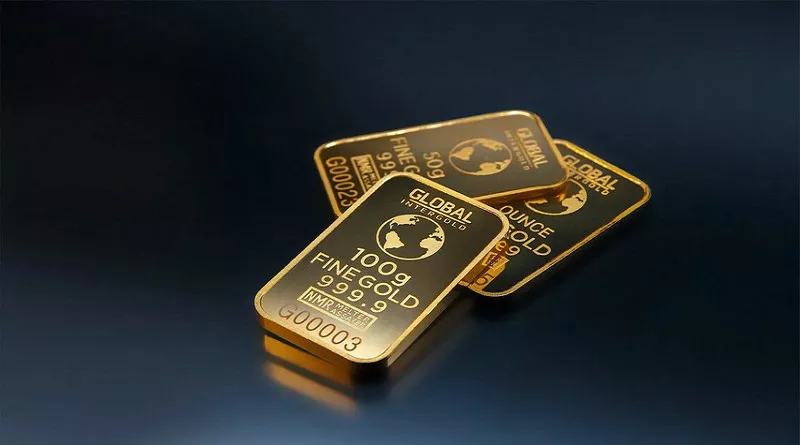Gold has always held a significant place in the global economy, serving as both a symbol of wealth and a reliable investment. To understand its historical value, we need to delve into the price of gold in specific years. This article will explore the price of gold in 1986, the factors influencing it, and its implications for investors and the economy.
The year 1986 marked a pivotal moment in the history of gold pricing. As a precious metal, gold is often seen as a hedge against inflation and economic instability. Understanding the price trends of gold during this year provides insight into market behaviors and economic conditions.
Historical Context: The 1980s Gold Market
Economic Climate
The 1980s were characterized by significant economic changes globally. Following the late 1970s, which saw skyrocketing gold prices due to inflation and geopolitical tensions, the market entered a more stabilized phase. In 1980, gold reached an all-time high of $850 per ounce, driven by the Iranian Revolution and the subsequent energy crisis. However, by the mid-1980s, prices had fluctuated significantly.
Inflation and Interest Rates
Inflation was a critical factor in determining gold prices during this time. The early 1980s experienced high inflation rates, but as the decade progressed, inflation began to decline. The Federal Reserve’s monetary policy aimed at controlling inflation led to high-interest rates. As inflation decreased, so did the appeal of gold as a hedge, impacting its price.
Global Events
Several geopolitical events also influenced gold prices in 1986. The Cold War tensions, along with events in the Middle East, continued to play a role in shaping market perceptions of gold as a safe haven.
Gold Prices in 1986: A Year in Review
Price Fluctuations
Throughout 1986, the price of gold experienced notable fluctuations. At the beginning of the year, gold was priced around $400 per ounce. As the year progressed, it saw various ups and downs, influenced by economic indicators and global events.
January 1986: The price hovered around $400.
April 1986: Gold prices experienced a dip, dropping to approximately $370 per ounce.
August 1986: A resurgence occurred, with prices rising to about $420.
December 1986: The year ended with gold priced at around $390 per ounce.
These fluctuations illustrate the volatility of gold during this period and reflect broader economic trends.
Comparison with Previous Years
To understand the significance of gold prices in 1986, it is essential to compare them with previous years:
1980: Gold peaked at $850, driven by global crises.
1985: The price stabilized around $300-$400, reflecting a recovering economy.
The price in 1986 represented a middle ground, showcasing a transition from the highs of the early 1980s to a more stable market environment.
Factors Influencing Gold Prices in 1986
Economic Indicators
Economic indicators played a significant role in shaping gold prices in 1986. Key factors included:
Inflation Rates: As inflation decreased, the demand for gold as a protective asset diminished.
Interest Rates: High-interest rates made bonds and savings accounts more attractive, reducing gold’s appeal.
Currency Strength: The strength of the U.S. dollar inversely affected gold prices, as a stronger dollar typically leads to lower gold prices.
Market Sentiment
Investor sentiment also influenced gold prices. Following the high prices of the late 1970s and early 1980s, market sentiment shifted towards a more cautious approach. As confidence in the economy grew, gold was viewed less as a necessity for investment.
Geopolitical Events
Ongoing global tensions, particularly in the Middle East and relations with the Soviet Union, kept gold on investors’ radars. However, by 1986, the market began to stabilize, and fears of economic instability lessened.
The Implications of Gold Prices in 1986
For Investors
For investors, the price of gold in 1986 presented both opportunities and challenges. Those who had invested in gold during its peak in the early 1980s may have experienced significant losses if they sold in 1986. Conversely, new investors entering the market during price dips could have benefited from future price increases.
For the Global Economy
Gold prices in 1986 also reflected the broader health of the global economy. As prices stabilized, it indicated a growing confidence in economic recovery. This stability can have ripple effects across various sectors, influencing everything from mining investments to jewelry markets.
Conclusion
The price of gold in 1986 serves as a historical reference point in the ongoing narrative of the precious metal’s value. With prices fluctuating between $370 and $420, the year marked a transition from the volatility of the early 1980s to a more stabilized market environment.
Related topics:
- Gold Prices in 1985: A Historical Overview
- The Price of Gold in 1984: A Comprehensive Overview
- The Price of Gold in 1983: A Historical Overview


